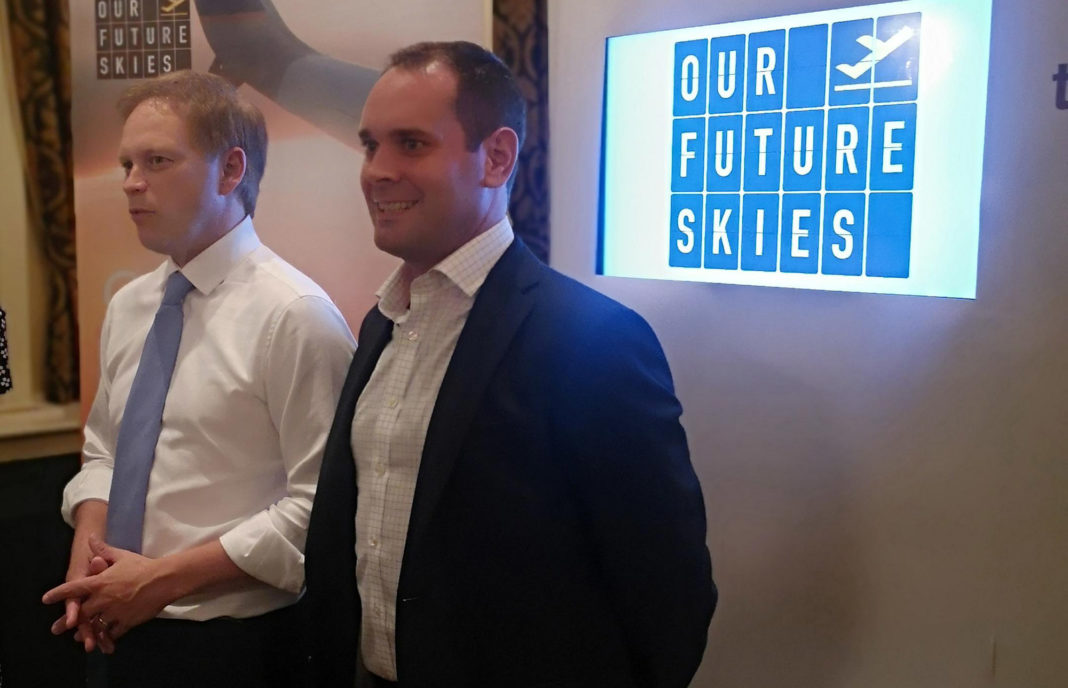- Quote: ‘Recovery: We don’t know’. Public health: ‘We don’t know’ – Airlines UK chief executive Tim Alderslade
By Andrew Atkinson
Tim Alderslade, Airlines UK chief executive, has briefed Parliament’s Transport Select Committee about the scale that the coronavirus COVID-19 has had on the industry.
At a time when passengers are holding out – awaiting for the return of commercial flights – including to Alicante-Elche and Corvera airports, Alderslade pulled no punches, when saying: “We don’t know when this will be lifted.
“We don’t know about the recovery – we don’t know what the public health stipulations will look like.”
Underlining the coronavirus lockdown situation, Alderslade said: “Until we know – we can’t fly again.”
With the airline industry continuing to lose millions in revenue – on a daily basis – Alderslade said: “I want to get across to you the scale of this disaster – it has never been this hard – demand has completely stopped.”
In his briefing to Members of Parliament, Alderslade reiterated the news announced by Ryanair, Virgin Atlantic and British Airways, on redundancies of staff, including pilots.
Virgin Atlantic announced 3,000 plus redundancies on May 5. British Airways have announced redundancies, of up to 12,000 employees. And Ryanair have also announced redundancies too.
Millions of workers within the airline industry have signed up to the UK Government’s coronavirus job retention scheme – furloughed.
“We are going to need an extension of the furlough scheme – retained until September or October, ” said Alderslade.
Heathrow Airport chief executive John Holland-Kaye also told MPs: “We need the government to say it has a plan – decisions on tens of thousands of jobs will be made – in the next few weeks.”
Thousands of holidaymakers are eager to board planes, once again, awaiting relevant government’s decisions to allow commercial flights to return, following lockdown.
In a stark warning, Alderslade said: “It will probably take two to three years to get back to normal.
“We are going to have a much smaller, leaner aviation sector – for the next few years – and probably see lower frequencies and lower capacity, for some time.”





